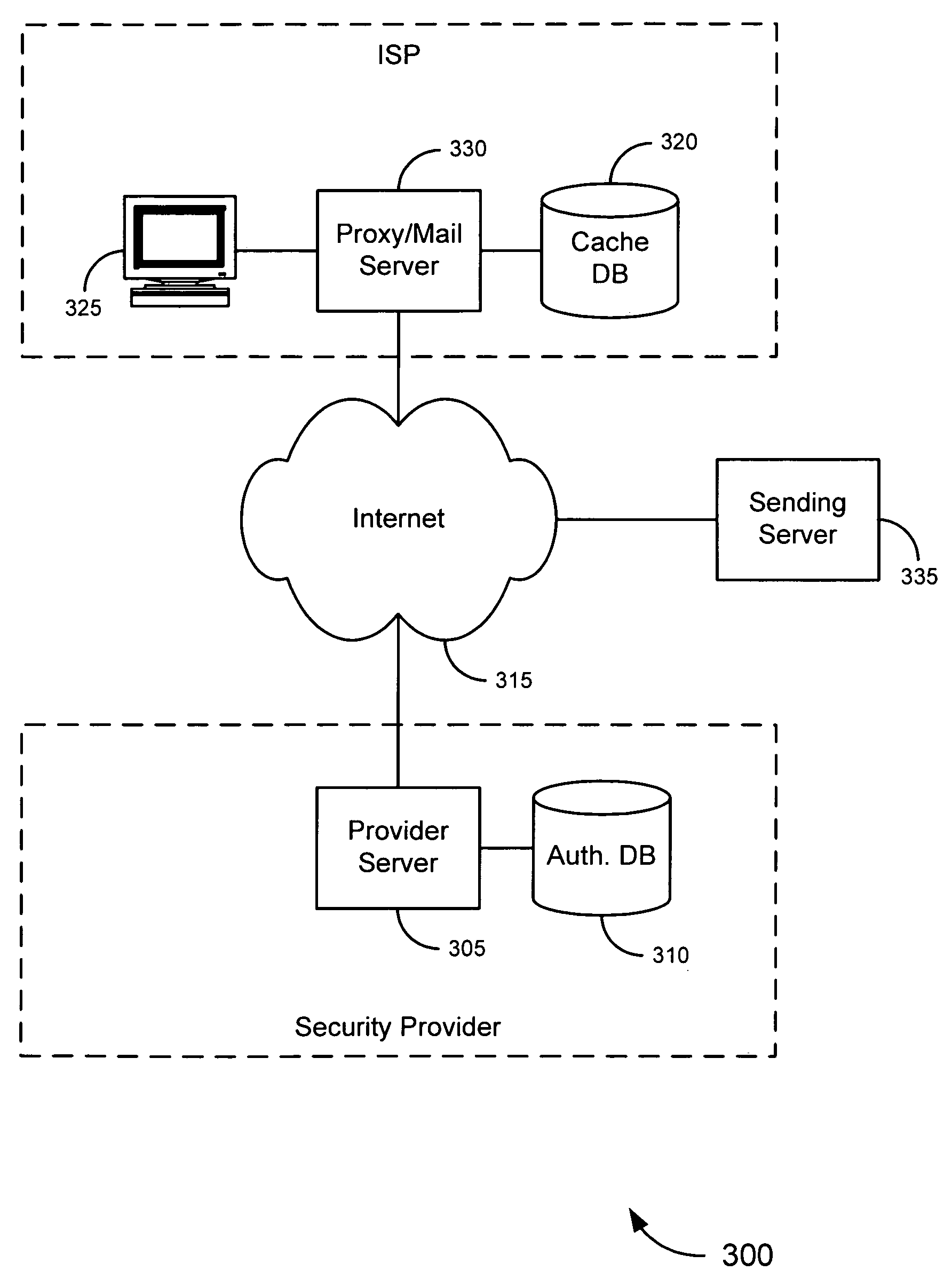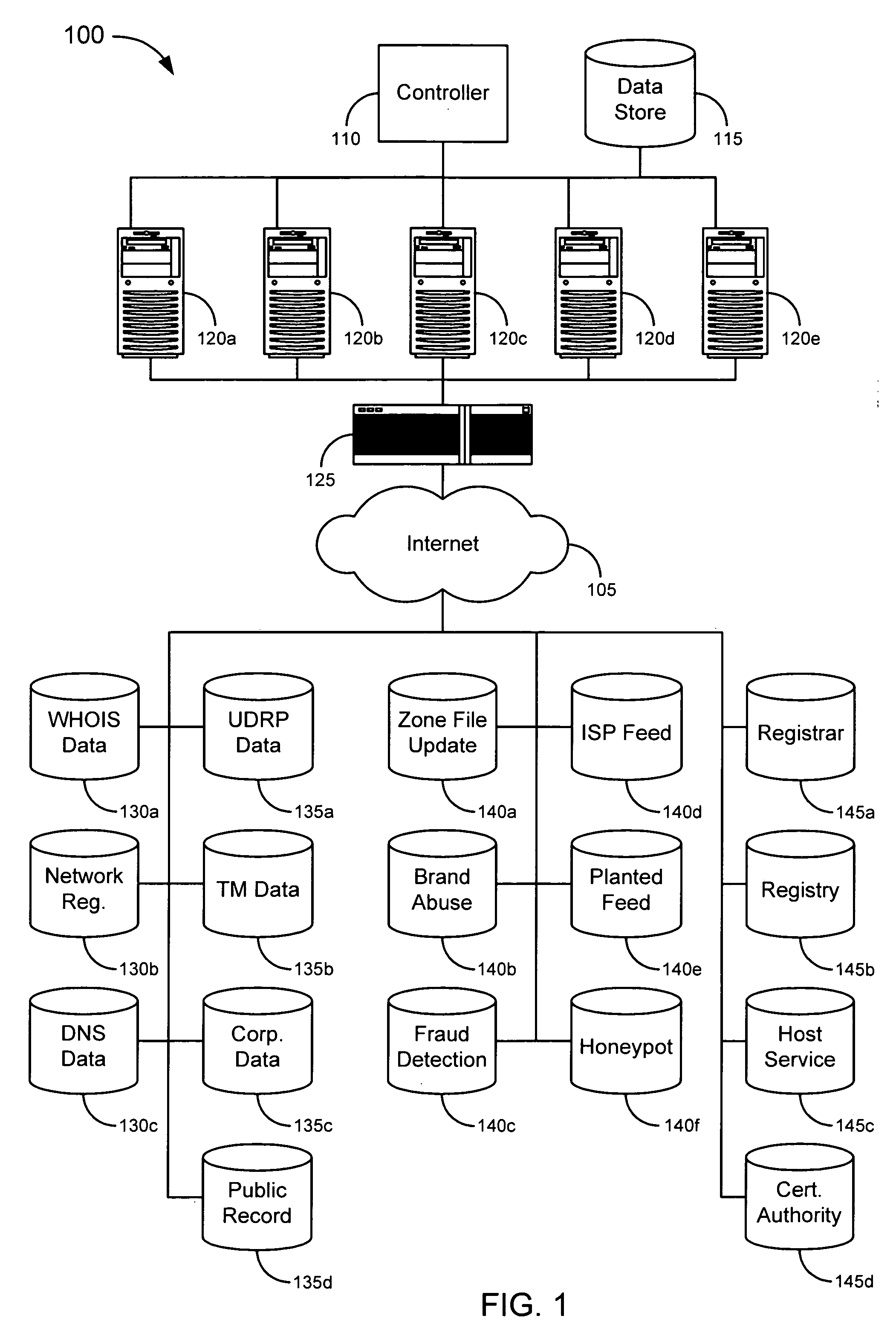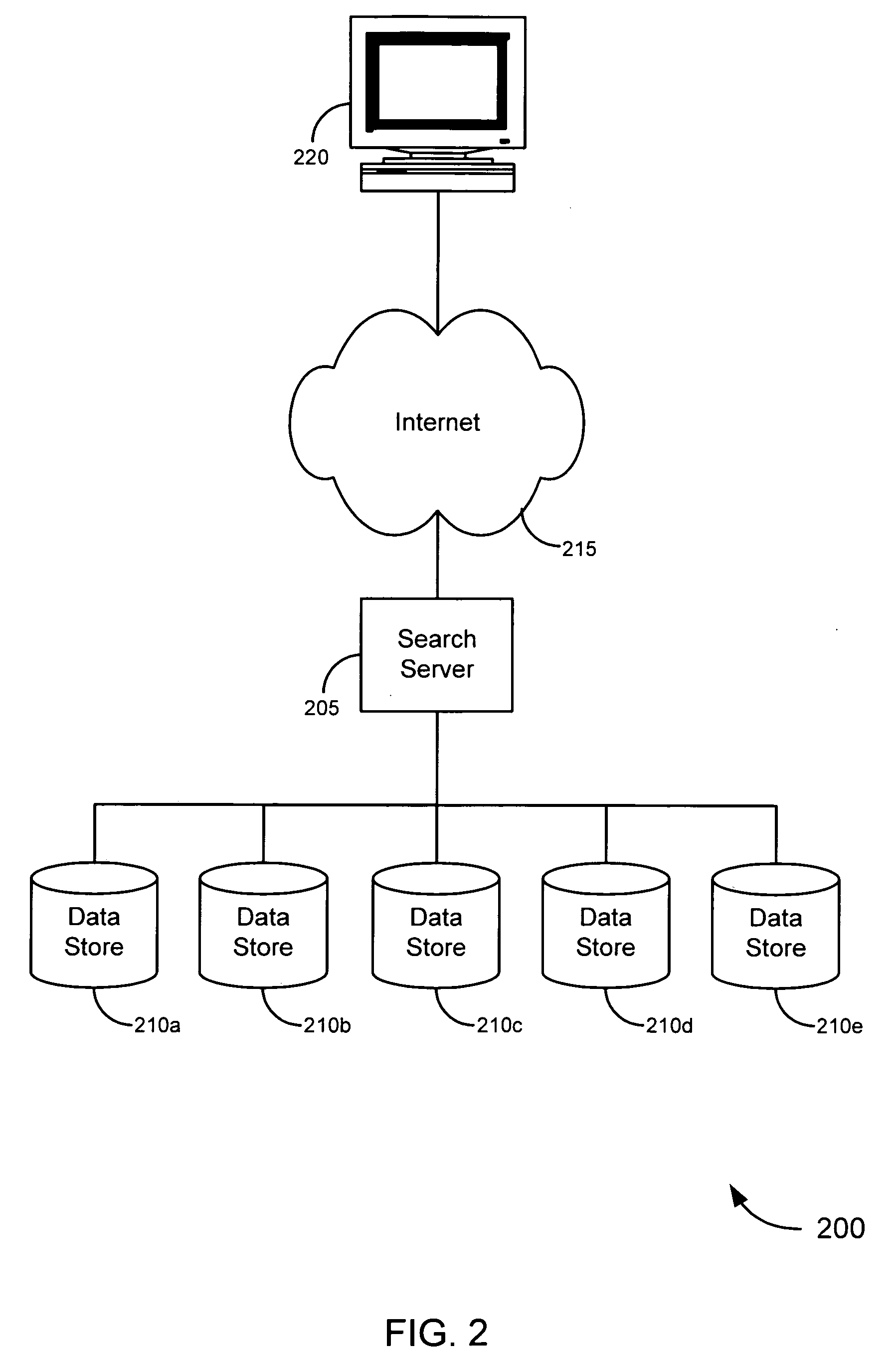Online identity tracking
a technology of identity tracking and identity, applied in the field of online identity tracking, can solve the problems of inability to address a much larger problem, lack of assurance, and inability to consider domain names or source ip addresses, and achieve the effect of facilitating the evaluation of such entities
- Summary
- Abstract
- Description
- Claims
- Application Information
AI Technical Summary
Benefits of technology
Problems solved by technology
Method used
Image
Examples
Embodiment Construction
1. Overview
[0025] Embodiments of the invention provide novel systems, software and methods for gathering information about online entities and for identifying, evaluating and scoring such entities. Merely by way of example, the trustworthiness of an online entity, such as a domain, can be evaluated based information known about other online entities (e.g., the owner of the domain, other domains) associated with that domain. In an aspect of the invention, for example, publicly-available data (and, in some cases, other data) can be obtained and correlated to reveal previously-unknown associations between various online entities, despite, in some cases, the attempts of those entities to obscure such associations. This can facilitate evaluation of such entities. For instance, if a new domain is registered, there generally is little basis on which to evaluate the trustworthiness of that domain (other than facially-apparent characteristics, such as the domain name itself), since it has n...
PUM
 Login to View More
Login to View More Abstract
Description
Claims
Application Information
 Login to View More
Login to View More - R&D
- Intellectual Property
- Life Sciences
- Materials
- Tech Scout
- Unparalleled Data Quality
- Higher Quality Content
- 60% Fewer Hallucinations
Browse by: Latest US Patents, China's latest patents, Technical Efficacy Thesaurus, Application Domain, Technology Topic, Popular Technical Reports.
© 2025 PatSnap. All rights reserved.Legal|Privacy policy|Modern Slavery Act Transparency Statement|Sitemap|About US| Contact US: help@patsnap.com



